Ocean Ave Development After the 1887 Fire
The 1887 Skating Rink Fire that burned 13 buildings on Ocean Ave, Elm St, Summer St, and Chestnut St in Kennebunkport left a large stretch of scarred, vacant land along the Kennebunk River. One of the buildings that burned was Arundel Hall, where the village firefighting equipment had been kept. The first order of business after the fire was to construct a proper fire engine house in about the same location (now the Landmark Gallery). The heirs of blacksmith Stephen Deshon had his old forge moved from the Clark Shipyard to the lot next to the new Arundel Engine House. It would soon become the little blacksmith shop of Charles W. Hoff.
Hoff was born and raised on South St in Kennebunkport. As a young man, he apprenticed in a carriage shop in Newcastle, Maine. He returned to Kennebunkport in 1883 and went to work producing fine ironwork in every blacksmith shop in town. He eventually became a master ship’s smith in Henry Hall’s forge then set off on his own account. He purchased the old Stephen Deshon blacksmith shop next to the fire station in 1892 for $100. He could certainly afford it because in 1891 he had worked the iron for two four-masted schooners; the Sagamore in Charles Ward’s yard in Lower Village and the Eagle Wing in David Clark’s Kennebunkport shipyard. In 1891, he also worked the iron for the three-masted schooner, Nimrod at the George Christenson Yard where Herbie Baum would later build boats.
Business was booming by 1897 when Charles purchased the old Skating Rink lot at the foot of Elm St. upon which to build himself a large carriage shop. Cora Howland interviewed Charles W. Hoff in 1940 and asked him about building the large shop he was still working out of. He told her that he had the framing sawed for it in West Kennebunk at a time when lumber cost several dollars a thousand. If he had been one day later than he was paying his bill the price would have jumped from $7 to $12 a thousand. The chimney of his forge, built of a nice shape, was constructed out of brick made in the neighborhood. A keg of nails was a dollar a hundred then. Each window cost him 55 cents.
By the end of April 1897, the exterior of the large building had been completed and a fine dance floor had been laid in the wide-open second story. Myrtle Hall would be described that year as the finest hall in town. The first event Hoff hosted there was a magic show to benefit the Arundel Engine Company. They desperately need more hose. Artist Abbott Graves managed the affair and painted the posters. Loren Deland performed 10 magic tricks for the capacity crowd of about 300 people. $100 was raised for the Fire Station. Hoff would go on to build two of the fire station’s first ladder trucks before he retired. Professor Bachimont of the University of Paris offered French lessons in the hall that first summer. Richard’s dance school used the hall for two years. Moving pictures debuted there in 1906.
Charles Hoff rented his little blacksmith’s shop near the Fire Station to the Town of Kennebunkport from 1898-1913 to house the town jail cells. Photographer, Byron J. Whitcomb built a photography studio next door in 1906. In 1913, Charles Hoff moved his little blacksmith shop behind his large shop to make way for B.J. Whitcomb’s second shop next to the fire station. Both of the Whitcomb buildings burned in 1967. The jail cells are now in a building designed especially for them on the front lawn of the Town House School. The little blacksmith shop is now a cottage on Wharf Lane.


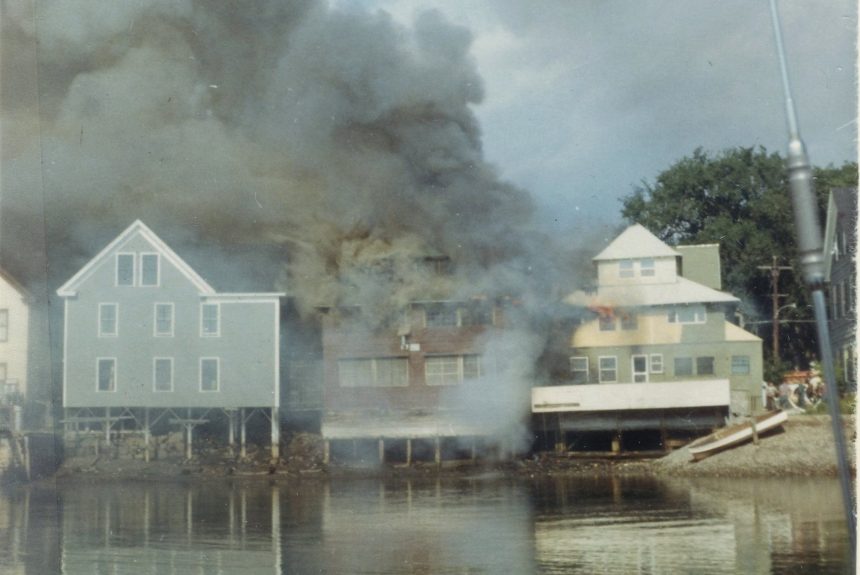
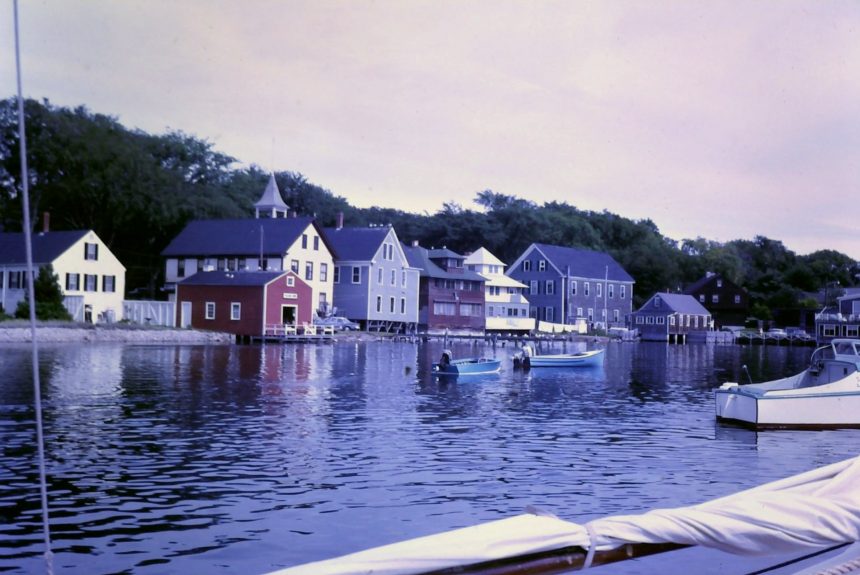
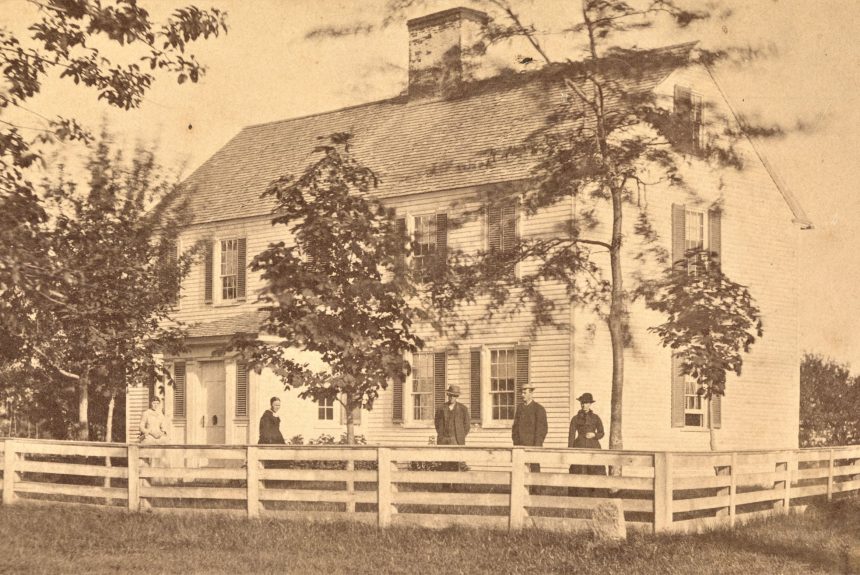
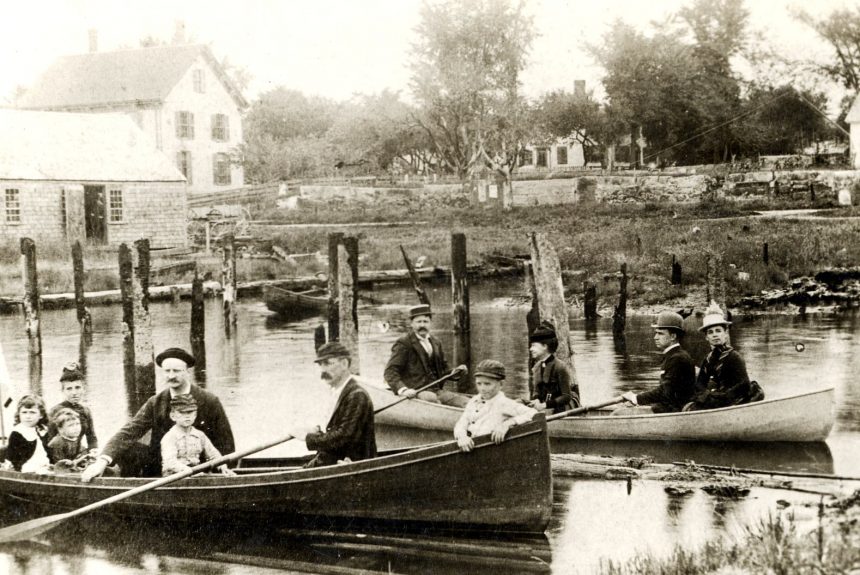
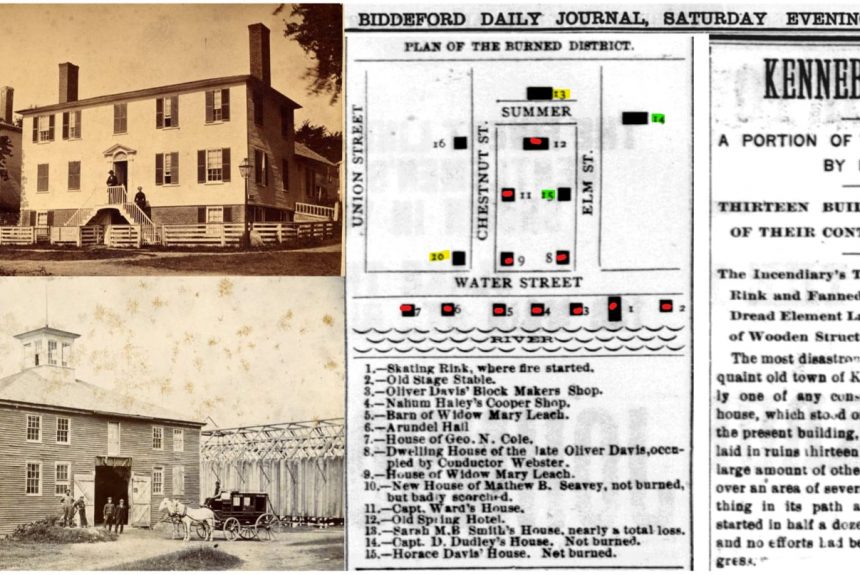
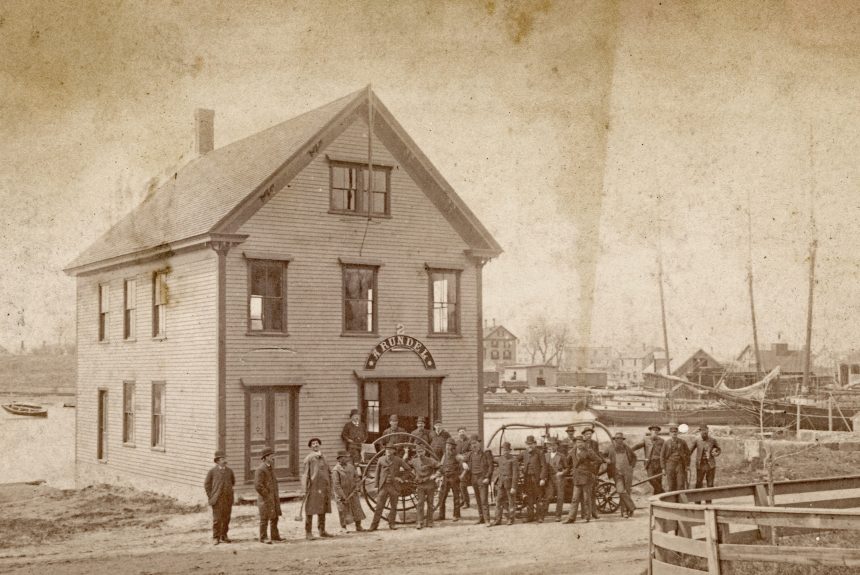
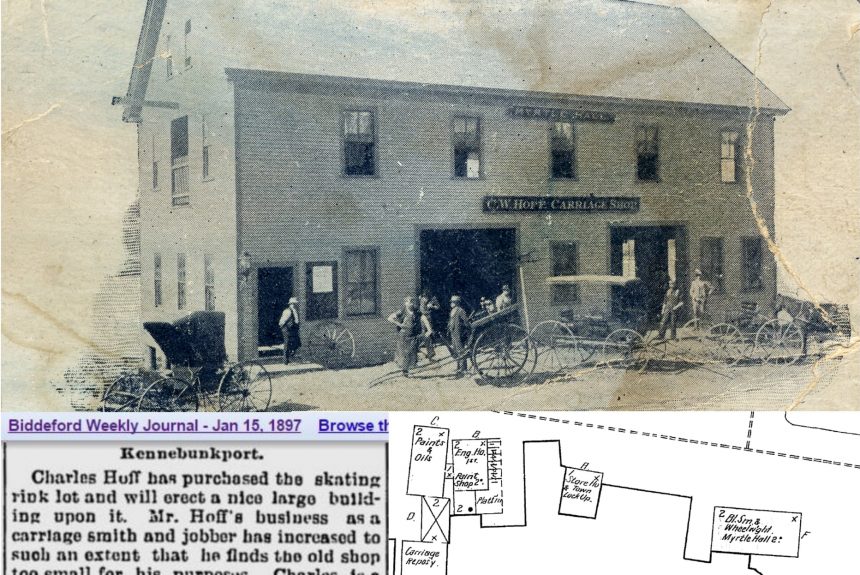
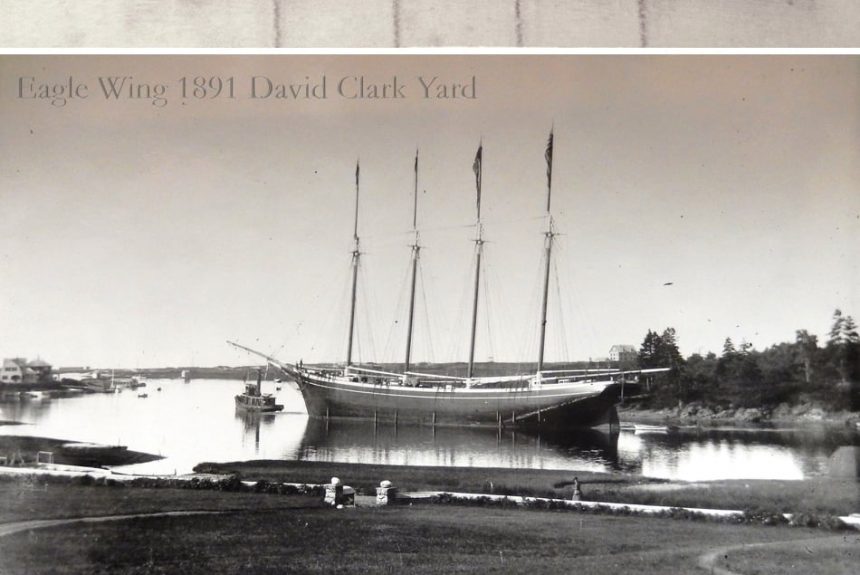

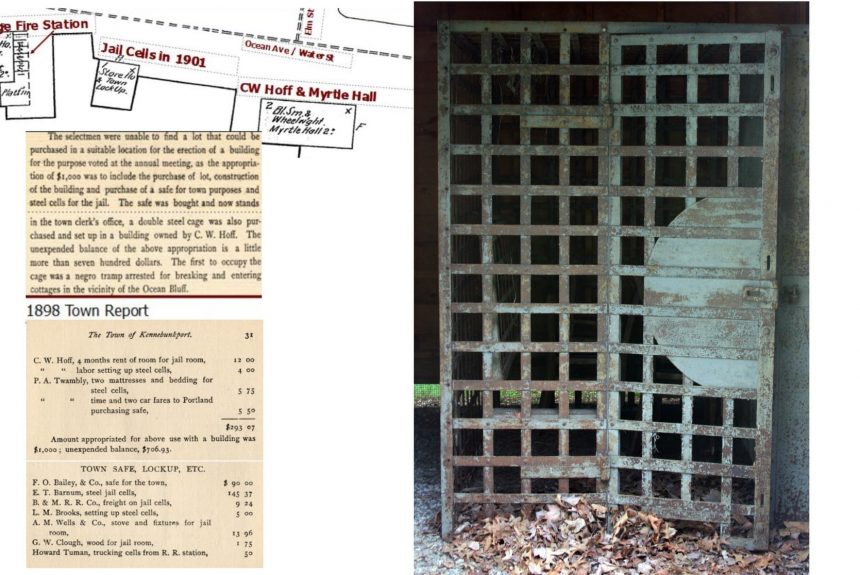
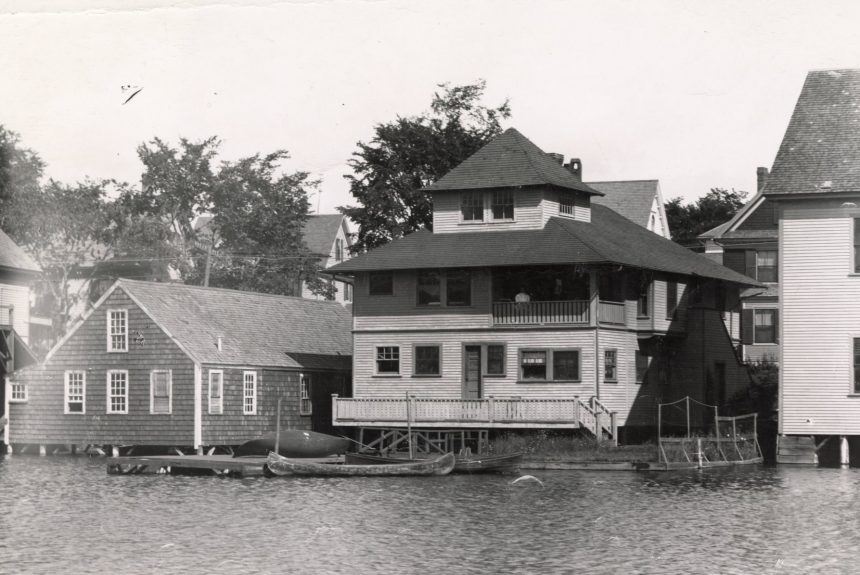
Leave a Reply